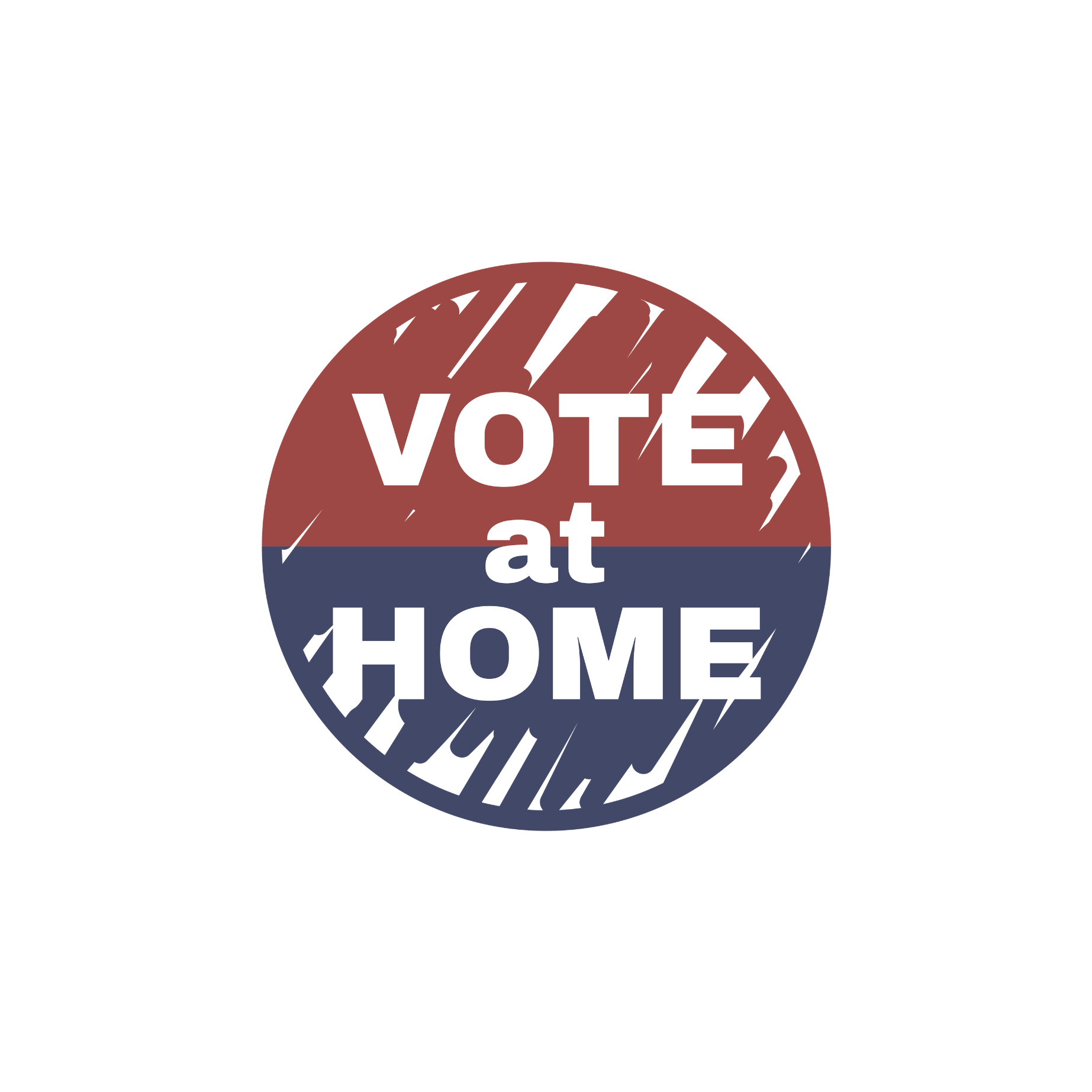
Prepaying postage for the return of mail ballots is an easy way the government can simplify the ballot return process and increase ballot return rates. Though states have approached funding ballot return postage a number of ways, ideally funding should come from the federal level. This will reduce confusion for voters that move across state lines and, of course, will ensure every voter has equitable access to a postage-paid return envelope. In a further effort to reduce confusion, clear instructions should be included on the ballot materials that the ballot can be returned by U.S. Postal Service without postage.
Why It's Important
- Removes barriers. By getting rid of voter-paid postage, the state is eliminating another “step” the voters have to take, a step that is especially burdensome for people that don’t already have postage at home.
- Low-income, seniors, and voters with disabilities are disproportionately affected. Many voters have no other option than to vote by mail ballot. Without prepaid postage, these voters are required to purchase stamps, which effectively amounts to a cost to voting.
- Reduces chances of undelivered ballots. A common problem is that many voters unknowingly either put too little postage or none at all on their ballot return envelopes. Due to this confusion, these ballots may not be delivered to the election office, and the voices of these voters unheard. Implementing prepaid postage would eliminate this problem.
Relevant Research
Example Statutes
- 15 Del. Code § 5504(c) – State pays the cost of postage
- MD Code, Election Law, § 9-310 – Counties and the states share the cost of postage, Voters can add a stamp if they want to reduce the cost of postage for the state
Prepaid Postage Across the US
Oops it looks like you’re viewing this page on a mobile device. Get the full experience on your desktop!
Last updated
- August 10, 2022


